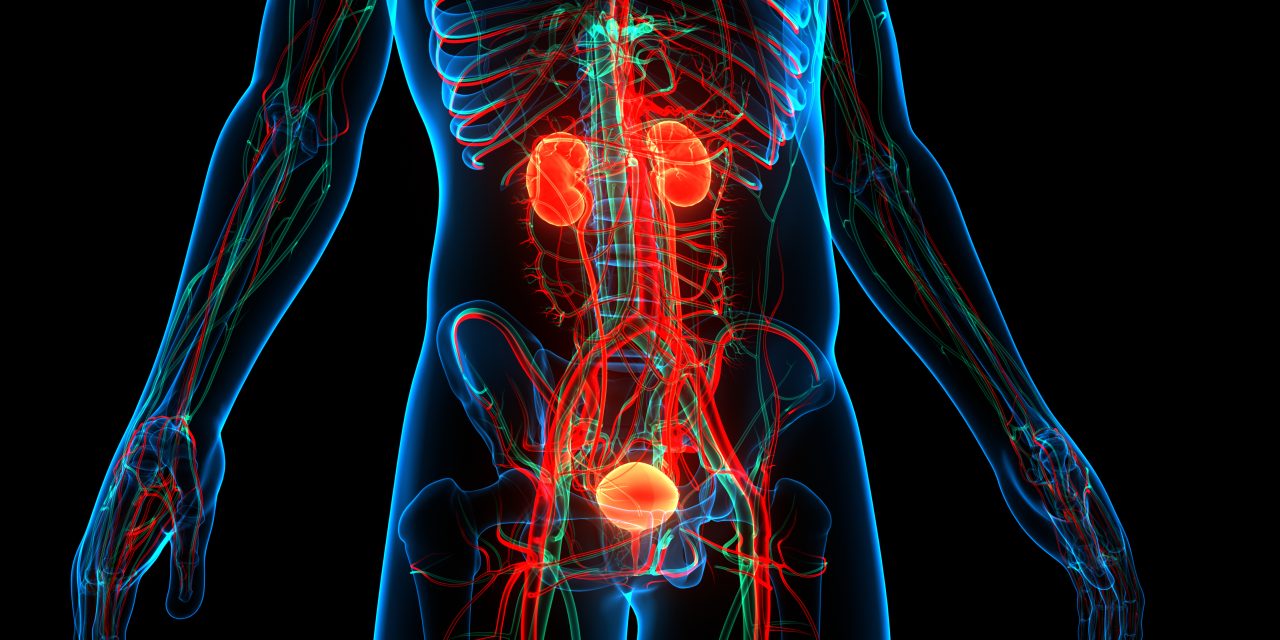For risk stratification and individualized treatment for children with urinary tract infection (UTI), they must be assessed for the presence of acute pyelonephritis (APN). Our study aimed to combine variables that can predict APN and establish a nomogram for clinical use.
In total, 111 children <5 years old hospitalized at Kaohsiung Veterans General Hospital for UTI were classified into APN and simple UTI groups based on a technetium-99 m dimercaptosuccinic acid scan. Their demographic, laboratory test, and renal and urinary bladder sonography (RUBS) data were compared.
Fever peak of >39 °C, serum procalcitonin (PCT) ≥ 0.52 pg/mL, C-reactive protein (CRP) ≥ 2.86 mg/dL, and abnormal RUBS findings were independent variables for predicting APN in children. The nomogram established using the aforementioned variables had an area under the receiver operating characteristic curve (AUC) of 0.89, which was higher than those of PCT and CRP alone (0.776 and 0.774, respectively).
The combination of four variables had the highest power in predicting APN in children with UTI. The established nomogram is practical for clinical use.
Copyright © 2022 Taiwan Pediatric Association. Published by Elsevier B.V. All rights reserved.
Nomogram for diagnosing acute pyelonephritis in pediatric urinary tract infection.


